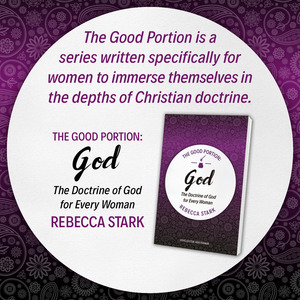Purposes of Christ's Death: Galatians 4:4-5
 Tuesday, May 22, 2007 at 9:34AM
Tuesday, May 22, 2007 at 9:34AM This is another reposting from a series of posts examining the statements of purpose that scripture gives us regarding the death of Christ. You can find the other posts from this series by clicking on the purposes of Christ’s death label at the end of this post.
Galatians 4:4-5 is the text where we find this post’s explicit statement of a purpose for Christ’s death.
But when the fullness of the time came, God sent forth His Son, born of a woman, born under the Law, so that He might redeem those who were under the Law, that we might receive the adoption as sons. (NASB)
The purpose statement in this text is “so that He might redeem those who were under the Law, that we might receive the adoption as sons.” Once again you have Christ’s death redeeming people from something that comes along with being under the Law, or the Old Covenant. The phrase “when the fullness of time came” lets us know that in this text we are looking at things in a historical context. The verses before this one tells us that under the law, people were like minor children, and being a child was a kind of bondage because a child had to remain under supervision. But at the right historical time Christ came and bought people out from under the guardianship of the law, and gave them the position of fulfledged adopted adult sons with legal rights to an inheritance. It seems that when the word adoption is used here in this context, it refers to this legal right of sonship.
And if we read the verses following, we see that because we are sons, “God hath sent forth the Spirit of his Son into [our] hearts, crying, “Abba, Father’!” Because of the Spirit within us, we approach God as our own father. We are no longer like minor children or slaves, but adopted sons, “and if a son, then an heir.” Since in the historical cultural setting, inheritance came through sonship, then in Christ, we are all—both men and women—sons of God in that we are both heirs.
One of the purposes of Christ’s death is so that we would be adopted sons of God.




